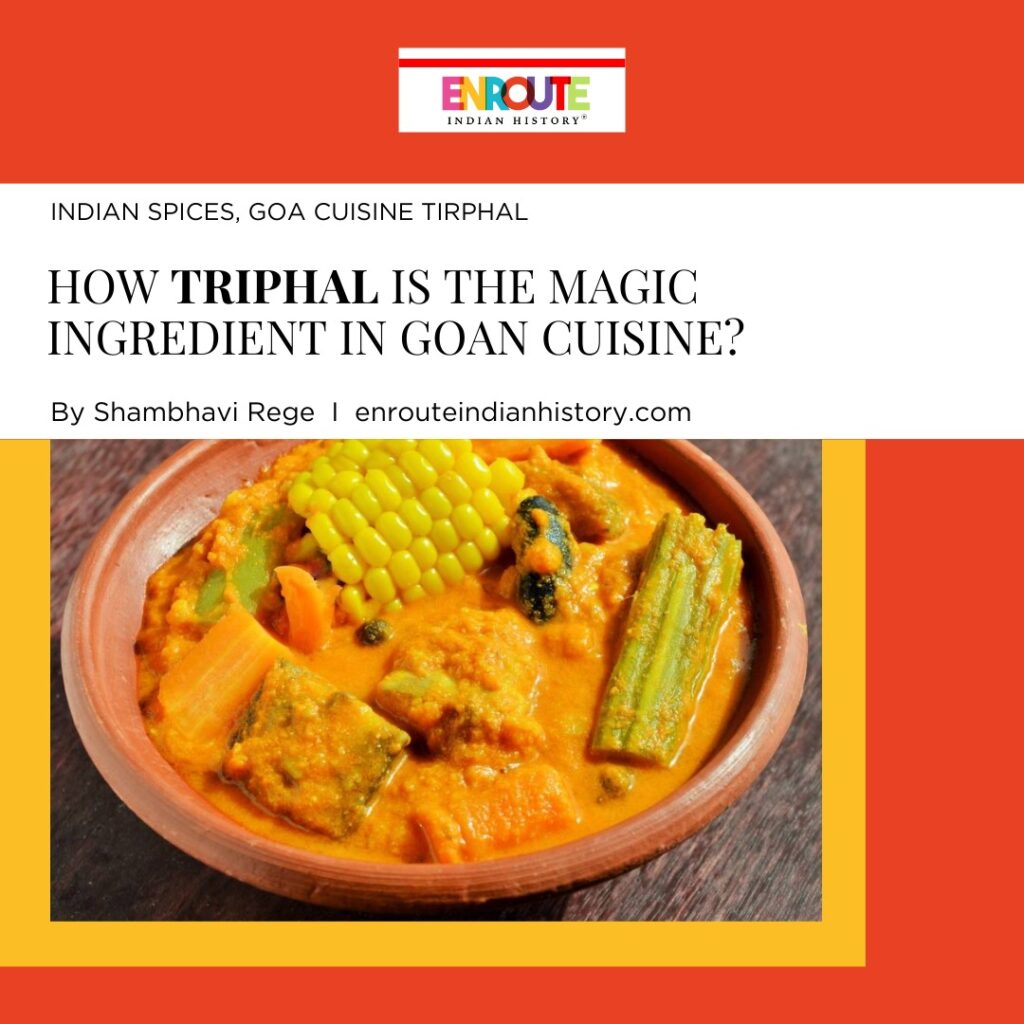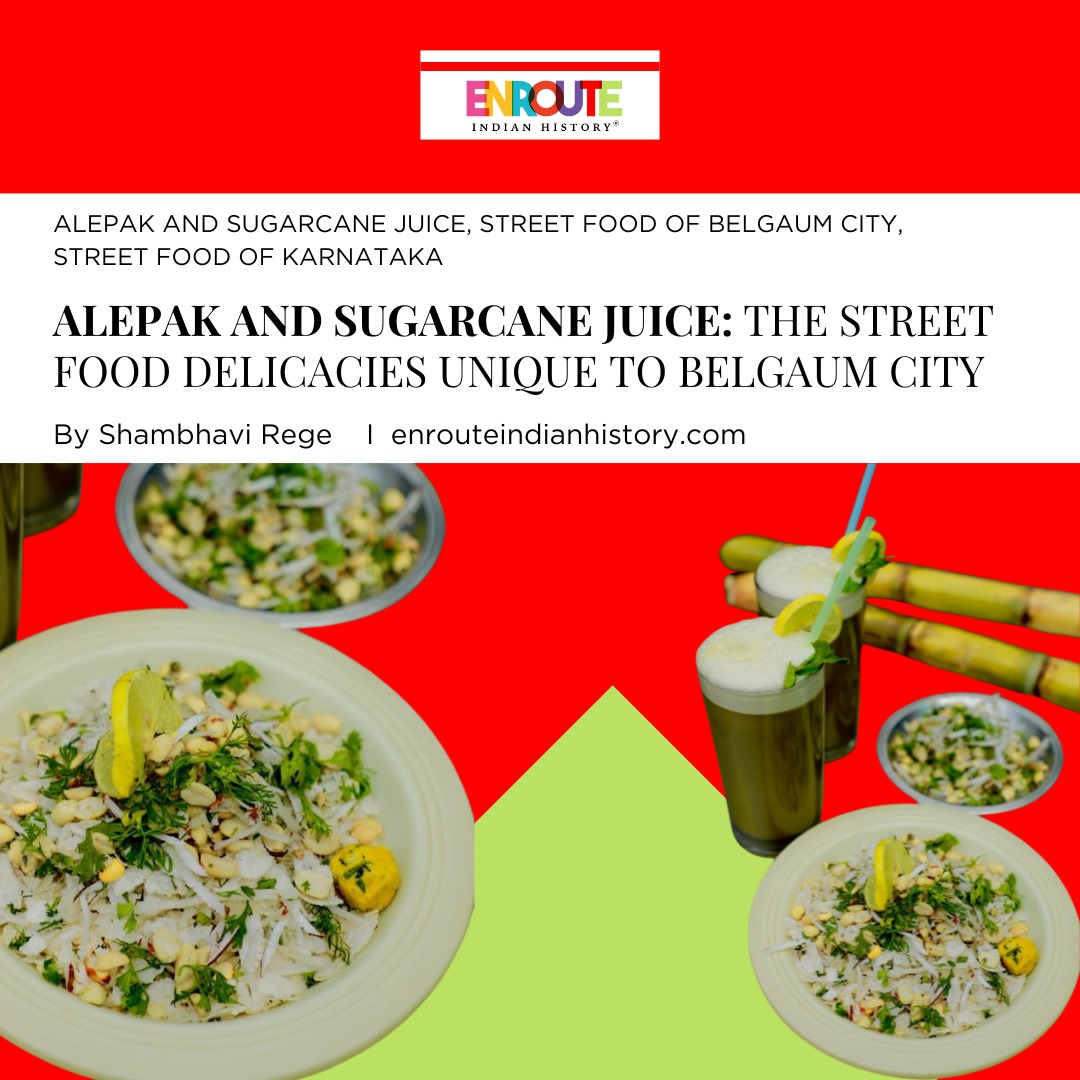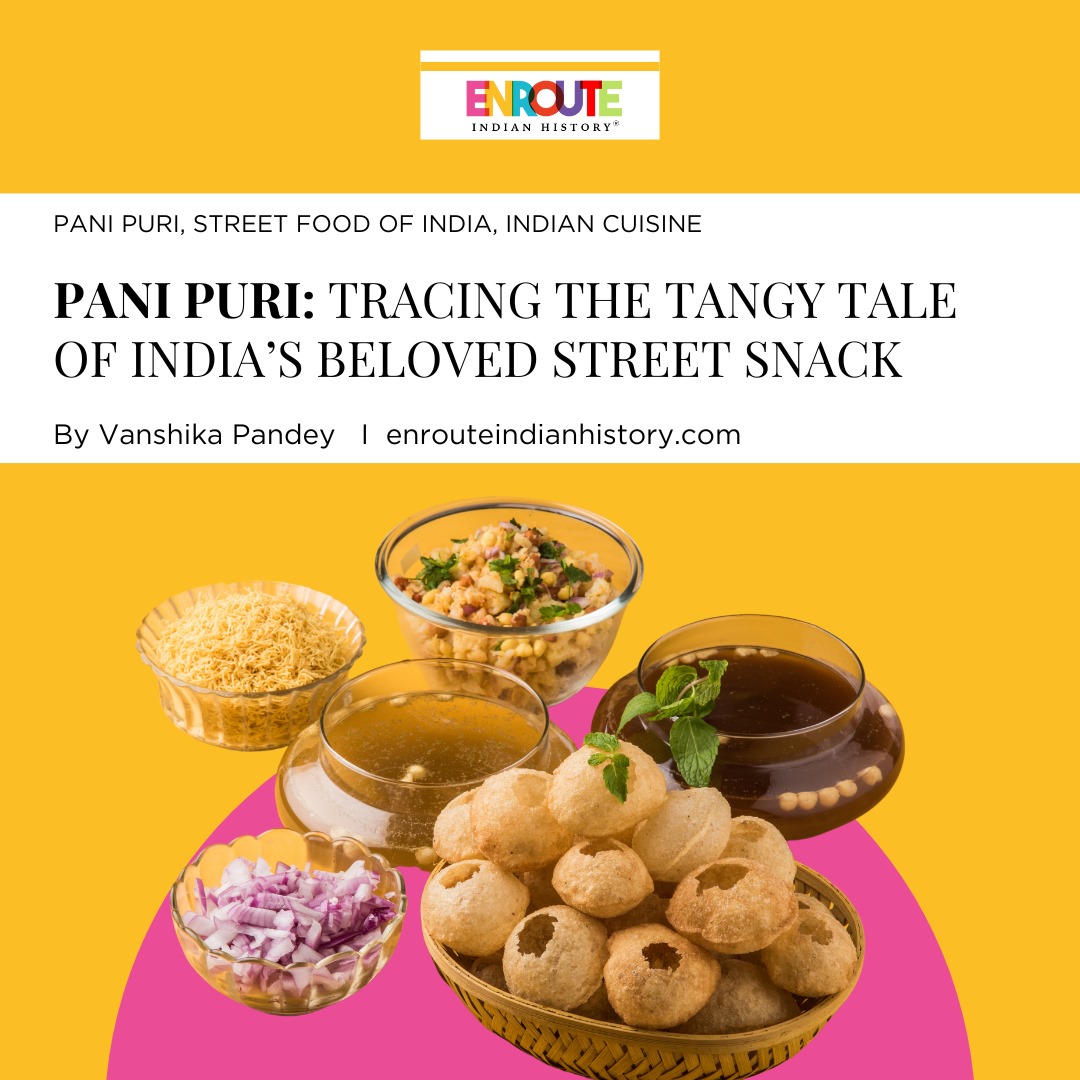
Goa is a place synonymous with travel, fun and beaches. The beautiful beaches, nature’s treasure of lush green forests, rivers, waterfalls, coconut trees and the mixed aroma of sea breeze, booze, traditionality and modernity. The cuisine here is world-renowned and has its own special place in the history of Indian cuisine. A beautiful amalgamation between traditional coastal dishes and Portuguese cuisines, it has created its distinct identity. A huge part of this cuisine is the spices used in it. These indigenous Indian spices are a star of the Goan cooking show. These spices, both grown locally and some sourced, enhance the taste of even the simplest of recipes. Tirphal is one such spice. It is grown locally and has a unique taste. Goan cuisine is incomplete without the mention of tirphal, also known as Indian prickly ash.

Goan Fish thali comprising of Fried fish, fish curries, crabs, chapatis, rice and solkadi
(Image credit – https://housing.com/news/fish-thali-eateries-in-goa/)
Goan cuisine is a classic blend of locally sourced material, Indian spices, fresh fish and poultry, and vegetables straight from the backyard of houses. Infused with Saraswat, Konkani and Portuguese flavours, the Goan cuisine has created its unique identity. The Portuguese capture and power over Goa not only shaped its regional art, architecture and culture but also had a deep impact on its cuisine. The capture of Goa by Portuguese general Albuquerque led to the introduction of potatoes, chilis, tomatoes, cashew nuts etc. in the local markets. The Portuguese stronghold over Goa reflects in the cuisine through its famous dishes such as Cafreal, Vindaloo, Xacuti, Sorpotel etc.

Chicken Cafreal

Pork Sorpotel with poye (bread)
(Image credit – Nish kitchen)
(Image credit-https://sunispalate.wordpress.com/2014/08/04/goan-pork-vindalho/)
Goan cuisine
The food components that the Portuguese introduced to the land of Goa were seamlessly blended with the local products. Rice is a staple food of Goans. Goan seafood is widely popular and it includes fish dishes of kingfish, mackerel, Bombay duck, ladyfish, prawns, crabs, tuna, mussels, and squids. The fish are consumed fresh, dried and salted. Poultry is also consumed in most parts of Goa. Chicken, beef and pork are in huge demand. Fish curries, chicken cafreal, pork vindaloo, pork sorpotel etc. are the most popular dishes from Goa. Though the non-vegetarian dishes are sought after the vegetarian dishes too are a main part of Goan cuisine. Dishes of Khatkhate, Mangane, Solkadi, Tival are popular. In all these dishes and drinks the spices are used with a free hand and never compromised on. These spices lend the Goan cuisine its popular aroma and flavour. Hing (asafetida), kokum, cumin seeds, tamarind, vinegar and tirphal are the most important parts of Goan cuisine.

Tirphal pods and its seeds
(Image Credit – Shradhha Nayak, October 2020
https://www.nayakskitchen.com/tefla-teppal-tirphal/)
Tirphal and its uses
Almost every Goan household has a tirphal tree in the backyard. It produces green berries in bunches. These bunches of green berries are harvested and then sun-dried for a week to 10 days. They are dried till the fruits pop open. The seeds are discarded and the sun-dried pods are stored. These dried pods are used in cooking. The rest of the sun-dried pods are either stored in air-tight containers in refrigerators. If not stored well they catch fungus. The tirphals are an indispensable part of Goan cuisine. Used in fish curries, refreshing drinks and as medicinal herbs, tirphal has a variety of uses.

Tirphal berries. They are green in colour and sun dried.
(Image Credit – Shradhha Nayak, October 2020
https://www.nayakskitchen.com/tefla-teppal-tirphal/)
The monsoons in Goa witness torrential rains which are both sudden and can sometimes last for hours. Fishing is stopped from June to September and people consume sun-dried and salted fish. These fish are either fried or steamed and consumed along with Pez (rice and the water in which it is boiled) or curries. Tirphal is an important ingredient used in curries. it does not have a hot or pungent taste but it can create numbness in the mouth when the pods are bit into or chewed. Its unique taste is difficult to categorise or describe. It does not taste like its cousins the black pepper and chilli pepper. Rather it creates a sizzling sensation in the mouth when eaten raw. Tirphal spice contains a component called sanshool that gives it a tingling sensation on the tongue. It has a lemony woody flavour that holds its own against other spices. In Konkani, the taste is often described as mirmirit. Its slightly lemony overtones led to the Portuguese calling it as limao pimentose (pungent lemon).
Recipes that use tirphal
Goan cuisine uses a variety of spices that lend it its powerful flavours and aroma. Tirphal is a spice found in the kitchen of almost all Goans and it is used in the preparation of a variety of dishes. The Goan Saraswat community, which is renowned for its cuisine and dishes makes use of tirphal in various dishes, especially in fish curries. This Saraswat community considers fish as “vegetables of the sea”, they aren’t considered non-vegetarian foods. As a result, many recipes make use of fish. Some of the popular dishes that use tirphal are-

Goan fish curry
(Image Credit – Neha Mathur, 2021
https://www.whiskaffair.com/goan-fish-curry-recipe/)
Fish curry. Fresh fish curry and rice are a staple diet of coastal people. This curry is made from onions, tomatoes, shredded coconut, and spices all ground in a paste and made into a curry. Fresh fish pieces, either raw or fried are then put into this curry and simmered till they absorb the flavours. This curry is then eaten with rice. Mackerel and kingfish curry is a famous dish from Goa. This integral part of Goan cuisine uses tirphal in it to enhance its taste. Tirphal is added to it after the dish is nearly cooked and left to settle into it. It is later discarded. Tirphal gives the Goan fish curry its authentic aroma and taste.

Ambotik, a tangy and spicy curry
(Image Credit – Anshuman Bali, 2021
https://www.vogue.in/vogue-cookbook/collection/this-hot-sour-goan-fish-curry-is-bound-to-become-a-lunch-staple-at-your-home/)
Ambotik. Ambot means sour and tik means spicy. Ambotik is a spicy and tangy curry. Eaten along with appams or steamed rice. Kokum and vinegar are used to make the curry tangy and chillies and grounded chilli powder give it the spiciness. Tirphal is used in it as well. It enhances the sour taste of the curry without misbalancing the overall taste.

Khatkhate, a mixed vegetable dish
(Image Credit – https://deliciousmemorieswithalves.wordpress.com/2016/05/03/khatkhate-goan-mix-vegetable-stew/)
Khatkhate. For tourists going to Goa, there seems to be an abundance of non vegetarian dishes to choose from. People who eat only vegetarian food may be confused as to what to eat and what specialities can be found in this coastal place that survives and thrives on fish curries. There are numerous vegetable dishes, all a part of coastal and Goan cuisine. Khatkhate is a spicy mixed vegetable stew. Vegetables such as potatoes, sweet potatoes, cauliflower, pumpkin, carrots, radish, cucumber, French beans, bottle gourd, raw banana, drumsticks and corn are cooked together with the spices. This curry is highly nutritious and popular in Goa and coastal regions. Tirphal is used in the recipe. It is lightly crushed and added to the stew when it is simmering. This Khatkhate is eaten with chapatis and rice as well.
Jackfruit curry. Vegetables and curries made from jackfruit are famous foods of Goan cuisine. The jackfruit curry often uses tirphal in it. The curry made from coconut, chilis and other spices is left to simmer when the tirphal pods are added to it. The curry is left to sit for an hour so that the flavour of tirphal is released in it.

Solkadi. A drink made from kokum syrup and coconut milk
(Image credit – https://www.slurrp.com/recipes/sol-kadhi-1612538673)
Solkadi. Sol kadi is prepared from the liquid extract of fresh coconut, mixed with kokum syrup (agal), salt, chillies and freshly chopped coriander, tirphal is put into this recipe in very little quantity and then discarded after letting it sit for an hour or so.
Tirphal is a spice that is used as a whole and then discarded. It lends its flavour to the dish but is not consumed. It is used to aid digestion and is anti-flatulent. It is used in dishes that are heavy to digest and also is used as a remedy for stomach-related ailments. Tirphal in Goan cuisine is as indispensable as salt. Tirphal is mainly sold and brought in Goan markets. One can visit the markets in Panajim, Marmagao etc. to get this treasured spice of Goa. Nowadays it is also sold online through retailers. It is sold fresh and at an economic rate.
References
- May 8, 2024
- 8 Min Read


























